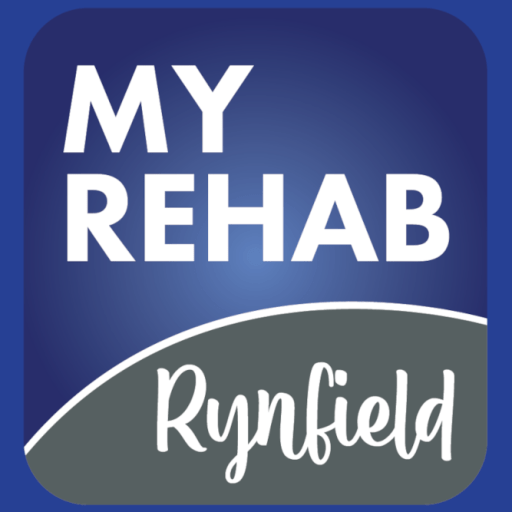In a video sponsored by the MyRehab Group, the complex world of codependency within families facing addiction gets a thorough review. This video, part of a two-part series, shines a light on five key roles that emerge in the intricate dance of addiction.
From Rescuers to Enablers: The Five Core Roles
- Rescuer Role First comes the rescuer. Family members often start by showing empathy toward a loved one struggling with addiction. They believe that by shielding the person from the fallout of their actions, they’re helping. However, this well-meaning behavior can actually enable the continuation of harmful habits.
- Blamer Role Next, the rescuer may become the blamer. After realizing that their efforts aren’t sparking change, they start pointing fingers at the addicted individual for the family’s problems. While this aims to highlight the consequences of addiction, it often leads to more substance use due to feelings of guilt and shame.
- Controller Role Disillusioned by failed attempts to rescue and blame, some then attempt to control the addicted person’s behavior, dictating how much they should consume. This control is usually circumvented, leading to a breakdown in trust.
- Joiner Role Feeling worn out from the constant battling, some family members adopt a ‘join them’ stance, partaking in substance use themselves. This approach can backfire, with the addicted person either ignoring the behavior or seeing it as approval.
- Enabler Role In the face of recurring disappointments, some become enablers, detaching emotionally and letting the addicted person lead their own life. This laissez-faire approach often leaves the addicted person feeling abandoned or vindicated in their choices.
Impact and Reflection
These roles illustrate the complex dynamics families face when dealing with addiction. Each role starts from a place of care but can lead to outcomes that perpetuate the cycle of addiction.
Crafting a Path Forward
Understanding these roles can be the first step towards breaking the cycle of codependency and addiction. Families can learn to navigate their loved one’s addiction more effectively, fostering an environment conducive to recovery.












